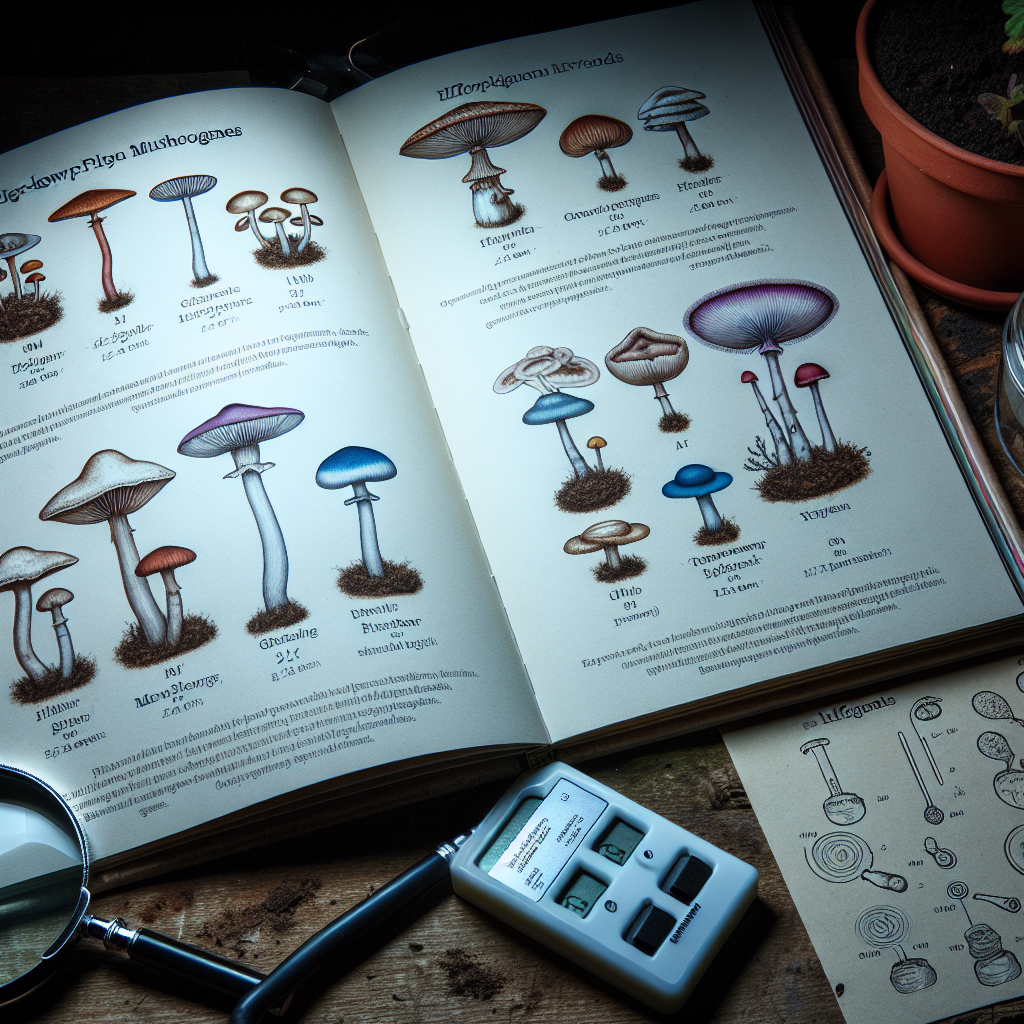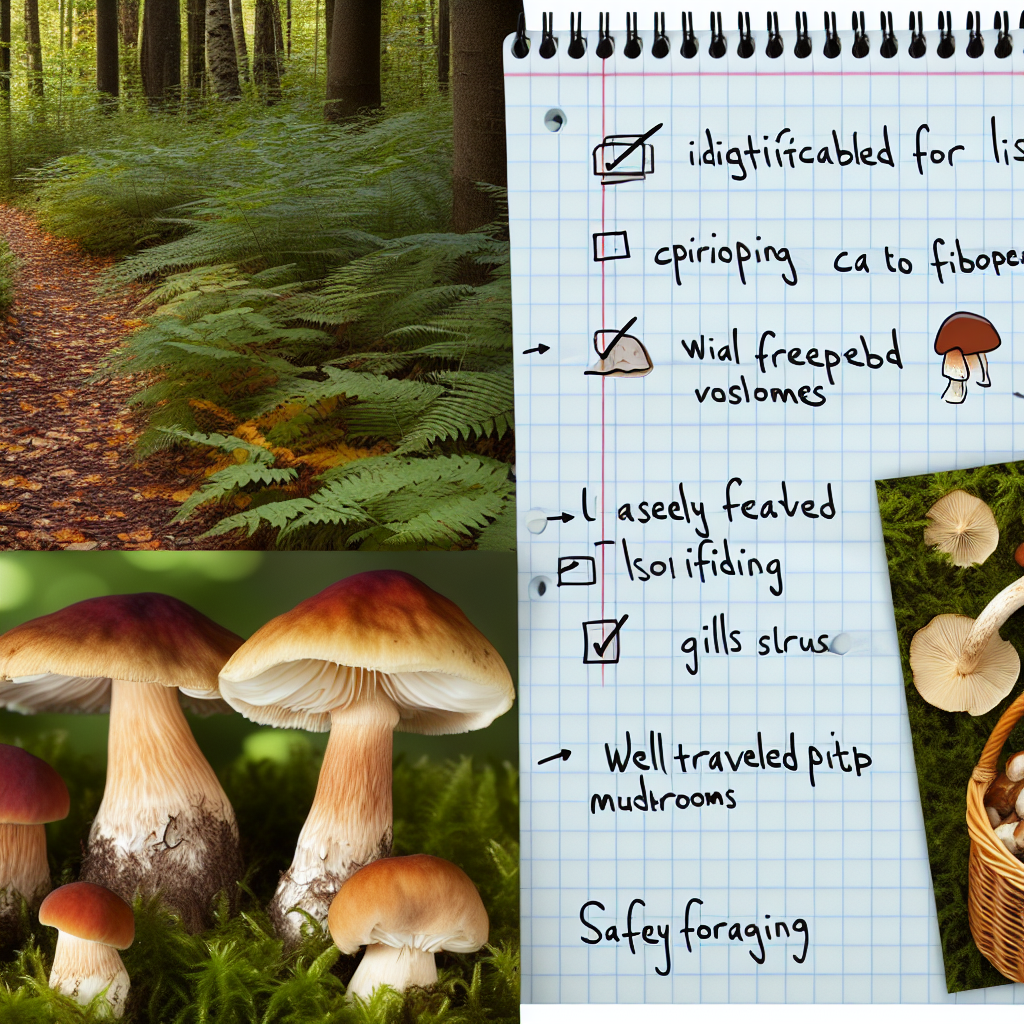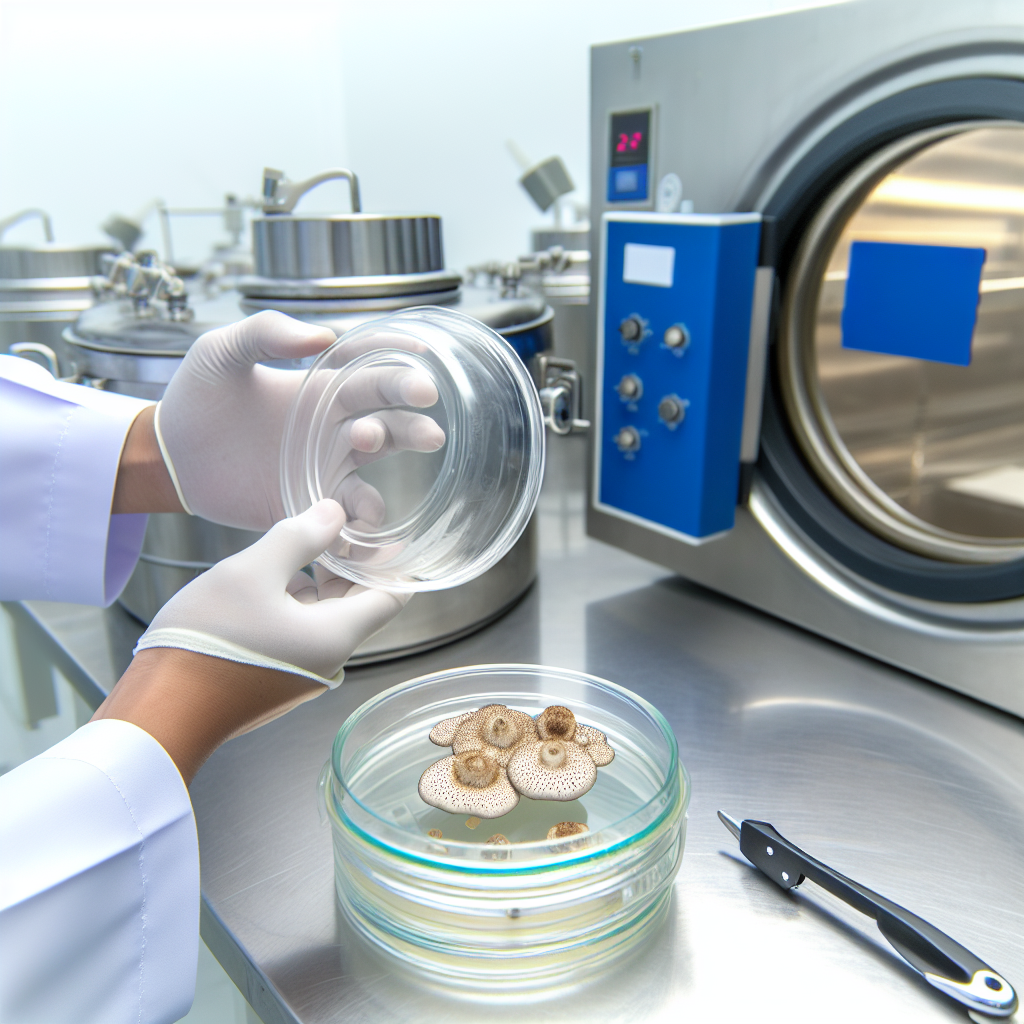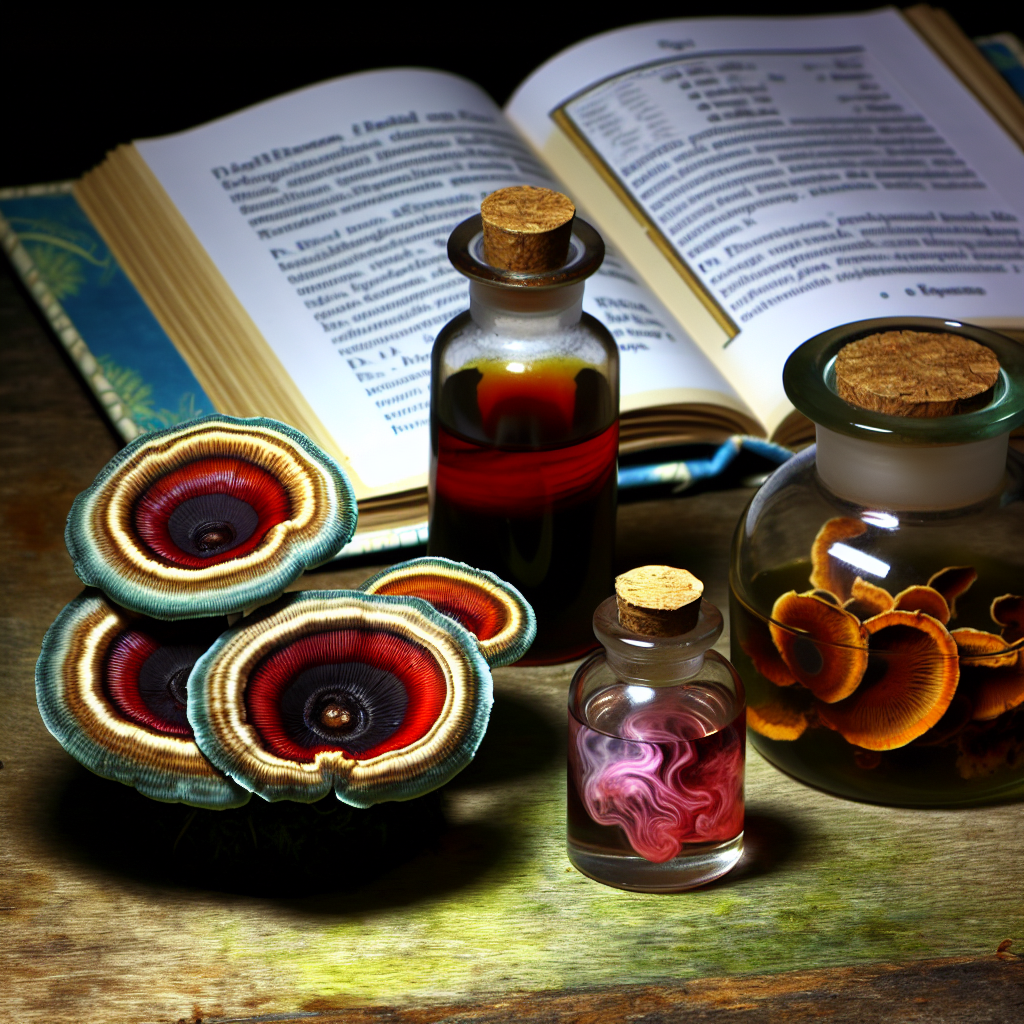Here is the blog article with the requested changes:
Lesser-Known Psilocybin Varieties: Comparing Effects and Growing Requirements
Psilocybin mushrooms, often referred to as “magic mushrooms,” have captivated the attention of researchers, psychonauts, and natural health enthusiasts alike. With the rise of psychedelic-assisted therapy and increasing decriminalization in regions across North America and Europe, these fungi are shifting from underground obscurity to clinical and spiritual legitimacy.
While strains like Psilocybe cubensis “Golden Teacher” and Psilocybe semilanceata (Liberty Caps) sit in the spotlight, there exists an entire spectrum of lesser-known psilocybin varieties that hold immense potential for both therapeutic use and personal exploration.
These under-the-radar species and strains come with their own unique profiles—varying in potency, visual and tactile effects, growth cycles, substrate preferences, and ideal environmental cultivating conditions. For enthusiasts cultivating mushrooms at home or clinicians exploring microdosing options, understanding these differences is essential for optimizing both safety and efficacy.
Among the lesser-discussed species are Psilocybe cyanescens, known colloquially as “Wavy Caps,” Psilocybe azurescens, dubbed the “Flying Saucer Mushroom,” and Psilocybe baeocystis—each showcasing distinct chemical compositions that influence subjective experiences. Some of these mushrooms contain not only psilocybin and psilocin but also baeocystin and norbaeocystin, compounds that may alter the psychoactive profile and potentially offer niche therapeutic benefits.
In contrast to well-documented varieties, these mushrooms also differ significantly in cultivation requirements. While Psilocybe cubensis thrives on simple brown rice flour substrate under moderate humidity, species like Psilocybe azurescens thrive in cold-weather outdoor wood-chip beds and demand specific light and temperature cycles. These differences present unique challenges and opportunities for mycologists and growers looking to expand their expertise beyond standard strains.
As medical interest in psilocybin grows, part of the future lies in diversifying the psilocybin sources examined in both research and application. This article explores several lesser-known psilocybin mushroom varieties, comparing their specific effects, cultivation challenges, and emerging roles in psychedelic medicine and natural healing.
✨ Psilocybe cyanescens (Wavy Caps): Potent, Visual, and Wood-Loving
Psilocybe cyanescens are potent, wood-loving mushrooms that contain high levels of psilocybin (up to 1.96% per dried gram) and are often found growing on decaying wood in cool, damp climates. Their signature “wavy” caps and bluish bruising make them easily identifiable.
Subjective effects are often described as intense, introspective, and visually rich. They are increasingly studied for their robust alkaloid spectrum and hardiness in outdoor settings. However, cultivating P. cyanescens indoors is notoriously challenging, making them a better fit for experienced growers.
🚀 Psilocybe azurescens (Flying Saucer Mushroom): Intense Spiritual Journeys
Among the most potent psilocybin mushrooms known, Psilocybe azurescens can contain up to 2.3% psilocybin. Their effects are deeply entheogenic, with users commonly reporting ego dissolution, profound emotional release, and spiritual insights.
Naturally occurring along the Pacific Northwest coast, these mushrooms prefer outdoor wood-chip beds and require a drop in temperature to trigger fruiting. Due to both their potency and variability, azurescens must be approached with respect—particularly in therapeutic and microdosing settings.
🌿 Psilocybe baeocystis (Blue Bell): A Gentle, Cognitive Enhancer?
Though less visually striking, Psilocybe baeocystis contains a cocktail of lesser-studied psychoactives—including psilocybin, psilocin, and baeocystin. Originally identified in the Pacific Northwest, these mushrooms grow on mulch, wood chips, and decaying logs, thriving in shaded suburban environments.
While studies on baeocystin are in early stages, anecdotal evidence and preliminary research hint at cognitive-enhancing and milder introspective effects—making baeocystis a potential candidate for guided therapy and microdosing protocols.
🧠 Psilocybe tampanensis (Philosopher’s Stone): Sclerotia-Based and Shelf-Stable
Psilocybe tampanensis, a relative of P. mexicana, is unique for producing sclerotia—dense mycelial structures often referred to as “truffles.” While these sclerotia contain lower per-weight psilocybin content, they offer extended shelf life and a milder, introspective trip often described as “philosophical.”
Tampanensis is also highly favored by beginners due to its relatively simple indoor cultivation using substrates like brown rice flour or rye berries. This makes it a favorite among amateur growers and wellness seekers seeking subtle, manageable psychedelic experiences.
🔬 Breaking Ground in Research: Unique Alkaloids, Unique Benefits
In the contemporary resurgence of psychedelic research, most studies have focused on Psilocybe cubensis. However, a new wave of science is beginning to spotlight these lesser-known species—particularly for their unique alkaloid expressions.
A 2020 study in Frontiers in Pharmacology noted that compounds like baeocystin and norbaeocystin may have effects distinct from psilocybin or act synergistically to shape the psychedelic experience. Read the study.
At the University of Basel, animal model research is exploring Psilocybe azurescens for therapeutic uses, due to its high potency and rapid onset. Early data suggest accelerated neuroplasticity—of interest for treating depression and PTSD. More info here.
Psilocybe baeocystis and its unique chemical profile are also gaining traction for potential mood-stabilizing properties, especially in microdose form. See NIH research here.
Furthermore, DNA barcoding research from the University of Guelph is helping precisely classify these species, ensuring accurate identification and safer therapeutic applications. Read more about the Guelph study.
🌈 Conclusion: Discover the Full Spectrum of Psilocybin Potential
As the psychedelics renaissance continues to gain momentum, it’s vital to look beyond the familiar Psilocybe cubensis strains and explore the broader landscape of psilocybin mushrooms. From the ultra-potent azurescens to the introspective tampanensis, these lesser-known varieties aren’t just novelties—they represent a richer toolkit for healing, exploration, and scientific discovery.
Whether you’re cultivating at home, guiding therapeutic sessions, or curating a microdosing protocol, expanding your knowledge of these diverse species can lead to more personalized and effective outcomes.
Stay informed by exploring more expert content at ShroomFan.com.
📚 References
- Frontiers in Pharmacology (2020)
- ClinicalTrials.gov – University of Basel Study
- NIH: Co-active Alkaloid Study
- University of Guelph Genetic Barcoding Research
Concise Summary:
This article explores several lesser-known psilocybin mushroom varieties, comparing their unique effects, cultivation challenges, and emerging roles in psychedelic medicine and natural healing. From the intense, visual “Wavy Caps” to the introspective “Philosopher’s Stone,” these under-the-radar species offer a diverse toolkit for therapeutic, exploratory, and microdosing applications beyond the familiar Psilocybe cubensis strains.

Dominic E. is a passionate filmmaker navigating the exciting intersection of art and science. By day, he delves into the complexities of the human body as a full-time medical writer, meticulously translating intricate medical concepts into accessible and engaging narratives. By night, he explores the boundless realm of cinematic storytelling, crafting narratives that evoke emotion and challenge perspectives. Film Student and Full-time Medical Writer for ContentVendor.com




